In January 2004, Mathew Jones was processing the bycatch from New Zealand lobster stock assessment. Six fish including a silverside, Bollons’ rattail, jock stewart, dark ghost shark, javelin fish, and a oliver’s rattail yielded a shocking surprise. The finding was all the more fascinating given that these fish were all taken from deep sea at near 400 meters (~1300 feet)
In the guts of these 6 fish were insects. Four fish had consumed beetles and two consumed weevils. In case your wondering…no there are no deep-sea beetles or weevils. And no…deep-sea fish don’t often walk on land to forage for insects.
The beetle was the nocturnal scarab beetle Acrossidius tasmaniae a common pest of pastures in New Zealand.

As Jones and beetle expert Leshen, both authoring the paper, note,
It is possible that the beetles were caught up in the trawl nets on deck before their deployment. However, as two of the beetles were recovered from the intestines of two fishes it seems unlikely that the beetles would have had time to be digested, and enter the intestines during the trawl duration.
Of course all these fish could have migrated to the surface to feed. However at least four of these fish are known to live their entire lives on the seafloor.
The most likely scenario is that the insects were swept to sea by wind currents and sank with other debris and detritus to the seafloor. Large chunks of wood are often found on the seafloor and this may provide another mechanism.
Jones in a recent email also noted that since publication, “I found beetle remains in a seventh fish species: red cod (Pseudophycis bachus).” Jones also mentions that where as beetles and weevils were rare in the guts of the fish, he examined 644 specimens, fish with insects in their guts were spread over nearly 1 degree of latitude, which suggests that their dispersal was not an isolated occurrence. Indeed, the prevailing weather conditions in January 2004 for Masterton (a nearby town) report a few days of strong offshore westerly winds.
However, beetles and weevils arrived to the deep-sea floor, it should be no surprise they found their way into the gut of deep-sea animal. With the lack of light and no photosynthesis, the deep oceans are extremely food limited. Anything from hemp rope, to burlap bags, dead trees, and even insects are a carbon reach treat for the food deprived denizens of the deep.
M.R.L. Jones and R.A.B Leshen (2008) Beetles in the diet of six species of deep-sea fish. New Zealand Journal of Zoology 35:251-253

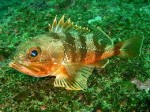
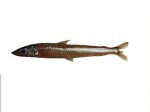
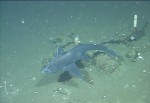
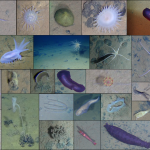
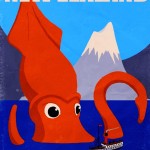
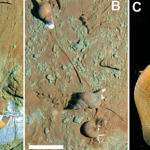

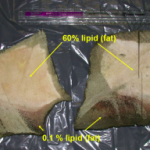
Interesting: I remember looking at the gut contents of a dead loggerhead turtle in N.Cyprus and finding locust legs! Was rather surprised at first but made sense when you realise that they just see an item that is food & are not overly specific foragers in that respect @mikejmcdermott
Posted on my birthday too :)
Oddly enough I was going through some old samples from that study last week (looking for digenean parasites) and found another fragmentary beetle in another species of rattail (Caelorinchus biclinozonalis); it’s another bottom-feeder. I would love to have the opportunity to follow this study up one day…
Matt
deep sea caves, cavities?